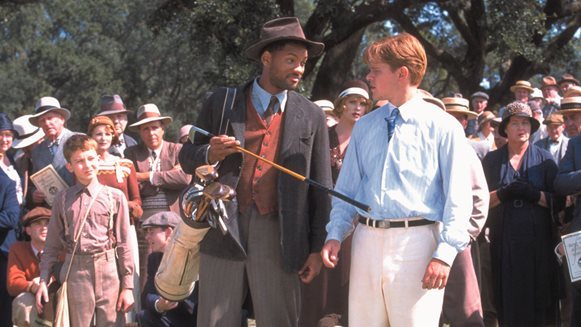
By Steve Sailer
04/05/2012
To get ready for the 2012 Masters, the New York Times has an article on why there are so few black caddies anymore: "Treasure of Golf’s Sad Past, Black Caddies Vanish in Era of Riches."
I wrote basically the same article nine years ago to get ready for the 2003 Masters: "Decline of the Black Caddie." (And here’s my 2003 companion piece: "Decline of the Black Golf Pro.")
If you are interested in the topic, I'd invite you to compare and contrast the two articles on black caddies to see which one is more coherent and draws out more implications from the topic. Think of it as a test of worldviews: the conventional one of The New York Times versus mine. Whose perspective makes for more interesting thinking?
I'd probably sum up my approach as "empathy without sentimentality." By nature, I’m highly sentimental, so I've had to train myself to avoid thinking that way. What I’m good at is putting myself in other people’s shoes, seeing the incentive structures they face, and thus how they feel.
I don’t reason well from the abstract to the particular. But I have a good memory, so I can usually think of examples to get started in noticing larger patterns. And because I like to notice patterns, and don’t believe noticing patterns is evil, I’m better at remembering examples because they either support a thesis or contradict it. If an example contradicts my thesis, then it either is what I like to call an "exception that supports the tendency" (e.g., that 6'8" Brittney Griner is famous for being a woman basketball player who dunks suggests that women basketball players seldom dunk), it’s just an anomaly, or, most profitably, it suggests that the thesis needs work and that there might well be a better thesis out there somewhere that accounts both for the bulk of the examples and the exceptions.
This is a content archive of VDARE.com, which Letitia James forced off of the Internet using lawfare.